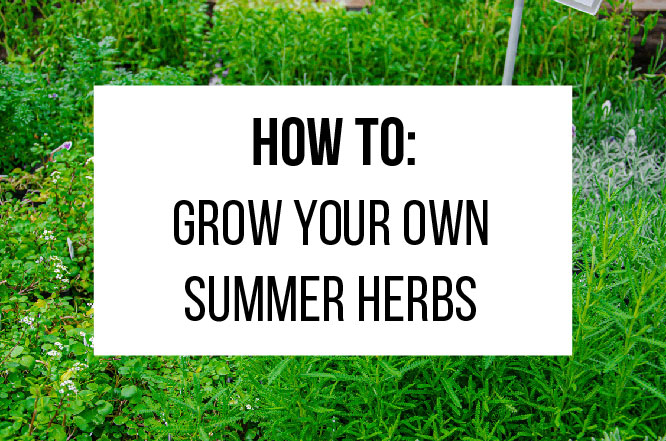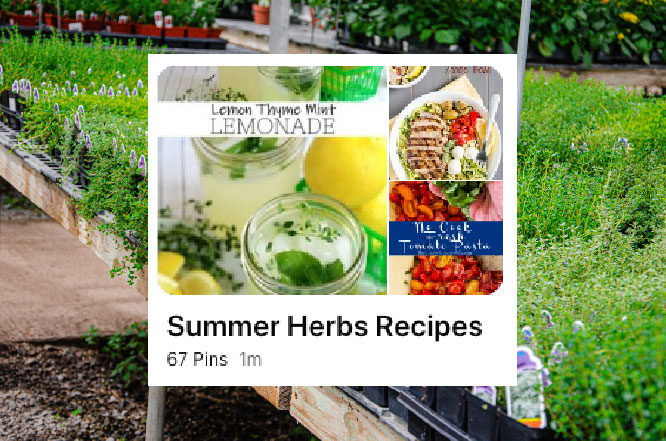Guide to Growing Summer Herbs
Introduction
Are you looking to add a touch of freshness and flavor to your culinary adventures? Starting your own herb garden is the perfect solution! Whether you have a spacious backyard or a compact apartment, herbs can be grown in various settings, from pots and containers to garden beds. In this blog post, we will guide you through the process of setting up your herb garden and share some valuable tips along the way. Get ready to embark on a journey of nurturing and harvesting your own homegrown summer herbs that will elevate the taste of your favorite dishes!
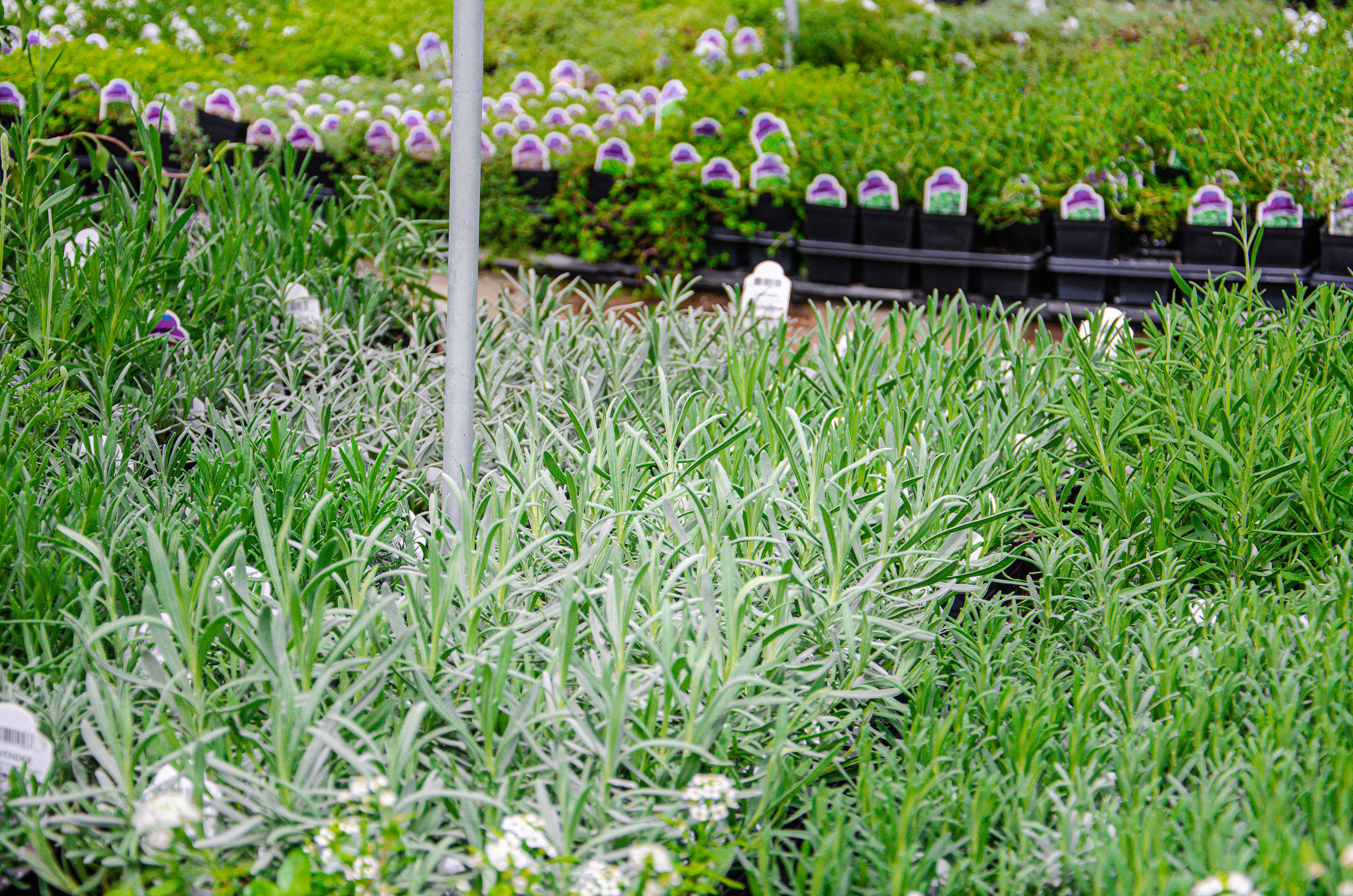
Starting Your Herb Garden
First things first, you need to choose the ideal spot for your herb garden. Whether you have a sunny balcony, a small patio, or a spacious backyard, herbs can flourish in pots, containers, or garden beds, both indoors and outdoors. Ensure that your chosen location receives a minimum of four to six hours of sunlight daily, as this is crucial for the growth and vitality of your plants.
Once you’ve determined the perfect spot, it’s time to select your herbs and start planting. To simplify the process and save time, we recommend purchasing seedlings of your desired herbs. At Strange’s, we offer a diverse selection of ready-to-plant herb seedlings, so you can start your garden today! Whether you fancy the robust aroma of basil, the refreshing zest of mint, or the delicate fragrance of rosemary, we have the herbs to suit your taste and preferences. Here are our recommendations for summer herbs:
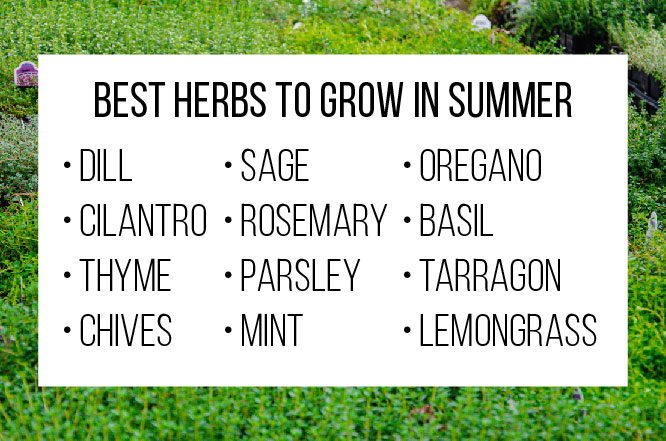
Now, let’s talk about planting techniques and essentials. Begin by using high-quality potting soil that drains well, providing an optimal environment for your herbs to thrive. Enhance the soil’s fertility by incorporating fertilizer or compost, ensuring your plants receive the necessary nutrients. For both indoor and outdoor herb gardens, we highly recommend using Espoma Garden-tone.
If you opt for planting in pots, remember to select containers with drainage holes to prevent overwatering, which can harm your herbs. On the other hand, if you prefer a garden bed, don’t hesitate to plant your herbs close together or alongside other plants. Herbs are fantastic space fillers and companion plants, creating a beautiful and harmonious garden. However, do note that certain herbs, such as mint and lemongrass, have a tendency to take over if planted directly in the ground. To avoid this, it’s best to grow them in pots rather than in garden beds.
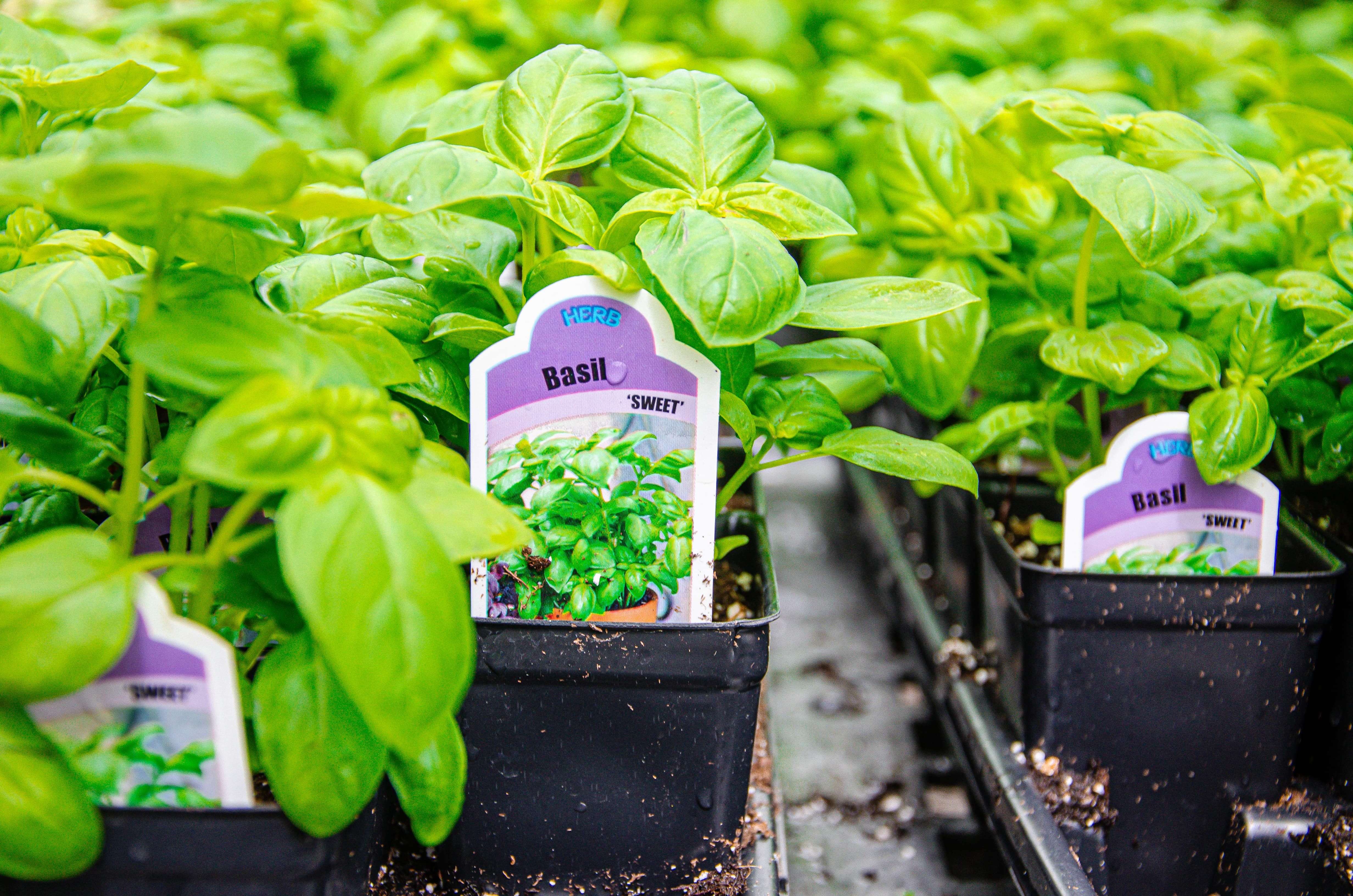
Proper watering is essential to keep your herbs healthy. Thoroughly water them after planting, and thereafter, water whenever the soil feels dry to the touch. Remember not to overwater, as it can lead to root rot and other issues. Strike a balance by providing enough hydration while allowing the soil to dry slightly between watering sessions.
Harvesting & Using Your Herbs
As your herbs grow and flourish, the time will come to enjoy the fruits of your labor. Once they reach a height of six to eight inches, you can begin harvesting them. Use pruning shears or sharp kitchen scissors to cut off roughly a third of the branches, snipping near leaf intersections. Regular harvesting stimulates new leaf growth, preventing your herbs from going to seed prematurely. Don’t be afraid to trim generously!
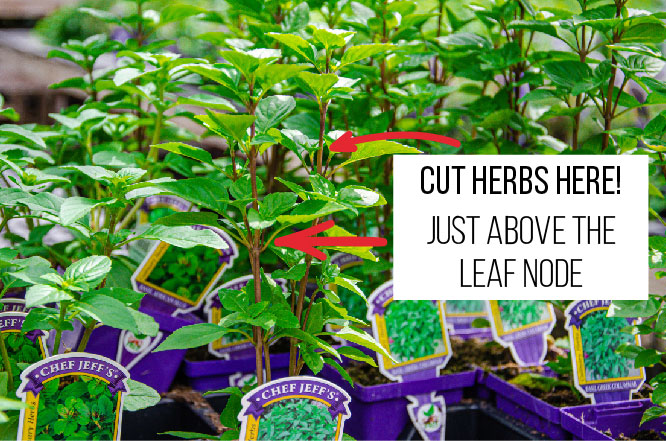
Homegrown, fresh herbs are the secret ingredients that can elevate any dish to new heights of culinary excellence. Their aromatic flavors and vibrant colors add that special touch to your recipes. Now that you have mastered the art of herb gardening, it’s time to put your delicious harvest to good use! Check out our Pinterest board below for some delightful recipe ideas featuring our favorite summer herbs.
And what if you find yourself with an abundance of herbs? Fear not! There’s a simple and practical solution. Chop your excess herbs and place them in an ice cube tray. Cover them with either olive oil for cooking purposes or water for refreshing drinks and cocktails. Freeze the tray, and whenever you need a burst of flavor, simply pop out a herb-infused cube. It’s a delightful way to enjoy your homegrown herbs all year round!
Conclusion
Congratulations! You’ve learned the essential steps to create and maintain your own herb garden. By choosing a suitable location, providing adequate sunlight, and using quality soil and fertilizers, you’ve set the stage for your herbs to flourish. Remember to water them regularly and harvest with enthusiasm, knowing that each snip promotes new growth. And don’t forget, even if you find yourself with an abundance of herbs, you can preserve their flavors by freezing them in oil or water. With your herb garden in full swing, you now have a vibrant array of fresh ingredients at your fingertips, ready to take your culinary creations to new heights. So go ahead, experiment with different recipes, and savor the rich flavors that only homegrown herbs can provide. Happy gardening and bon appétit!
If you have any questions that weren’t answered or need more information, feel free to stop by and see us at either the Broad St. or Mechanicsville location. You can also call or drop us an email at info@stranges.com. We’re here to help you grow better!
Connect with Strange’s:
Instagram: @StrangesRVA Facebook: @Strange’s Florist
Mechanicsville: 804-321-2200 West Broad: 804-360-2800




